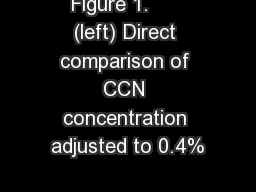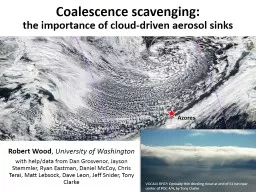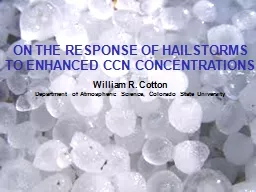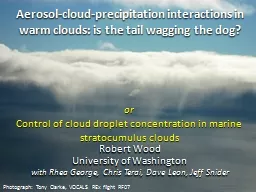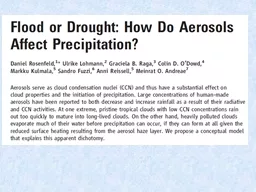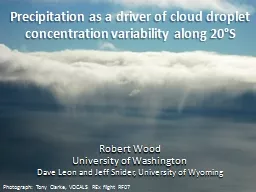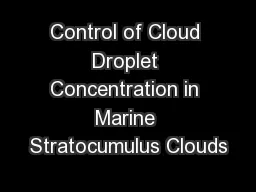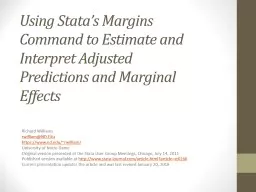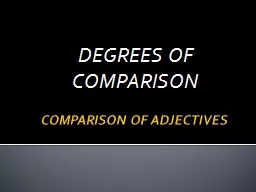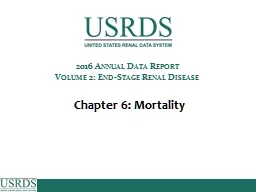PPT-Figure 1. (left) Direct comparison of CCN concentration adjusted to 0.4%
Author : alida-meadow | Published Date : 2018-12-18
supersaturation and 499 nm AOD both observed from 1 km altitudes during ARCTAS Canada and averaged over 10 seconds Note the reversed xy axes from Andreaes 2009
Presentation Embed Code
Download Presentation
Download Presentation The PPT/PDF document "Figure 1. (left) Direct comparison ..." is the property of its rightful owner. Permission is granted to download and print the materials on this website for personal, non-commercial use only, and to display it on your personal computer provided you do not modify the materials and that you retain all copyright notices contained in the materials. By downloading content from our website, you accept the terms of this agreement.
Figure 1. (left) Direct comparison of CCN concentration adjusted to 0.4%: Transcript
Download Rules Of Document
"Figure 1. (left) Direct comparison of CCN concentration adjusted to 0.4%"The content belongs to its owner. You may download and print it for personal use, without modification, and keep all copyright notices. By downloading, you agree to these terms.
Related Documents

